Describing Music Materials

Published by Rowman & Littlefield
A wholly owned subsidiary of The Rowman & Littlefield Publishing Group, Inc.
4501 Forbes Boulevard, Suite 200, Lanham, Maryland 20706
www.rowman.com
Unit A, Whitacre Mews, 26-34 Stannary Street, London SE11 4AB
Copyright 2017 by Rowman & Littlefield
All rights reserved. No part of this book may be reproduced in any form or by any electronic or mechanical means, including information storage and retrieval systems, without written permission from the publisher, except by a reviewer who may quote passages in a review.
British Library Cataloguing in Publication Information Available
Library of Congress Cataloging-in-Publication Data
Names: Smiraglia, Richard P., 1952- author. | Beak, Jihee.
Title: Describing music materials : a manual for resource description of printed and recorded music and music videos / Richard P. Smiraglia with Jihee Beak.
Description: Fourth edition. | Lanham : Rowman & Littlefield, [2017] | Includes index.
Identifiers: LCCN 2016031775 (print) | LCCN 2016032165 (ebook) | ISBN 9781442276277 (cloth : alk. paper) | ISBN 9781442276284 (pbk. : alk. paper) | ISBN 9781442276291 (electronic)
Subjects: LCSH: Cataloging of music. | Cataloging of sound recordings. | Cataloging of video recordings. | Descriptive catalogingRules. | Resource description & access.
Classification: LCC ML111 .S633 2017 (print) | LCC ML111 (ebook) | DDC 025.3/48dc23
LC record available at https://lccn.loc.gov/2016031775
 The paper used in this publication meets the minimum requirements of American National Standard for Information SciencesPermanence of Paper for Printed Library Materials, ANSI/NISO Z39.48-1992.
The paper used in this publication meets the minimum requirements of American National Standard for Information SciencesPermanence of Paper for Printed Library Materials, ANSI/NISO Z39.48-1992.
Printed in the United States of America
Figures
Figure 1.1. Cover as Preferred Source of Information.
Figure 1.2. Incomplete Parallels.
Figure 1.3. Taylor Swifts 1989 Folio Cover and Title-Page.
Figure 1.4. Colophon.
Figure 2.1. Cover, Rear Cover, Insert Back Page, and Both Discs of a Two-CD Set.
Figure 2.2. Inside Rear Cover of Booklet and Disc Label.
Figure 2.3. Sources of Data about Capture.
Figure 2.4. Source of Data for Contents Note.
Examples
1-1. Symphony No. 40, G Minor, K 550
1-2. Carmen
1-3. Requiem Op. 58
1-4. Blserquintett Nr. 3, C-Moll, fr Flte, Oboe, Klarinette (B), Horn (Es), Und Fagott
1-5. Kantate Nr. 78
1-6. Chez Le Docteur
1-7. Gospel Bells
1-8. Oklahoma!
1-9. The Spaghetti Incident?
1-10. Night Scenes
1-11. Twenty-Four Italian Songs and Arias of the Seventeenth and Eighteenth Centuries
1-12. 1989
1-13. Humoreska Ges dur Op. 101, 7 Pro Klavir
2-1. The Art of Pepe Romero
2-2. Liturgy of St. John Chrysostom Op. 41
2-3. Sinfonietta
2-4. Symphonie No. 2, Op. 36
2-5. I Dont Dance
2-6. John Corigliano, Alec Wilder
2-7. Dance Naked
2-8. Fifty Shades of Grey
2-9. Music from the Motion Picture Philadelphia
2-10. Janet Baker
2-11. Early American Folk Music and Songs
2-12. 24 Marginaali for Piano
3-1. The Kings Singers, From Byrd to the Beatles
3-2. The Everly Brothers Reunion Concert
3-3. Carreras, Domingo, Pavarotti, Mehta
3-4. Tommy
3-5. Achtung Baby
4-1. Symphony No. 1, C Minor, for Orchestra, Op. 68
4-2. Sonate A-Dur fr Violine und Basso Continuo
4-3. Fidelio, Or, Wedded Love
4-4. Deux Cadences Pour Le Concerto En Sol Op. 58
4-5. Kantate Nr. 78
4-6. Wind Quintets
4-7. Symphonies No. 1 & No. 2
4-8. Tommy
Acknowledgments
It is always a moment of some significance to declare a project finished. A project such as this takes months of checking sources and discussing alternatives. In so much as the earlier editions of this book reflect decades of such activity we are first and foremost grateful to the energetic music cataloging community for insight, reflection and experienced guidance. That said, the very immediate problem of reinterpreting music cataloging for RDA has found us relying on two colleagues. At the risk of attributing our errors to our consultations with them, we nonetheless wish to thank them publicly.
We owe a great deal to conversations with Pat Riva, who now is Associate University Librarian for Collection Services at Concordia University Libraries. She was formerly Bibliographic Standards Librarian at Bibliothque et Archives nationales du Qubec. For several years she and Richard have worked together as members of the Special Interest Group for the CIDOC (International Council of Museums Documentation Committee) Conceptual Reference Model (known affectionately as the CIDOC-CRM). In that capacity she and Richard have been part of the team that generated the standard now known as FRBRoo (Functional Requirements for Bibliographic Recordsobject oriented version). During those years RDA was conceived, came into being and was implemented. Conversations with Pat about the core values of RDA and the shift in conceptual models for cataloging have helped greatly to shape our thinking, which in turn is represented in this volume. We owe Pat our gratitude for continuing collegiality and incredibly helpful reflection.
We could not have completed this project without the advice of James Bradford Young. Known to his friends as Brad, he has been a music catalog librarian of note all across the eras of AACR2 and well into the new RDA era. He has worked in the libraries of Southern Illinois University, the University of Houston, the University of Illinois at Urbana-Champaign, and for almost three decades was Music Technical Services Librarian in the Otto Albrecht Music Library of the Van Pelt Library at the University of Pennsylvania. It is not a coincidence that he and Richard have been life partners and spouses for almost four decades, for it was at a Music Library Association event that they met over the heated implementation of AACR2. Brad has read every bit of this book at least twice and has rescued us from our frequent lapses in detail, not to mention that he has put up with hundreds of dinner table conversations about the exigencies of RDA in its application to music resources.
Introduction
Background: Resource Description and Music
This book is about how to create resource descriptions as the basis for bibliographic records for printed music, musical sound recordings and music video recordings. Cataloging music materials for any library can be a challenge, whether it is part of the main workflow or whether a division of specialists are detailed to tend to it. Music and its documentation is, as everyone is fond of saying, different. The primary and most obvious difference is that music itself is sound. Therefore musical documents are never equivalent to the music itself; rather, printed music is essentially a representation of the instructions for making the sound, and recorded music captures an instance of performance that yields sound. In this alone, music is different from all other types of library materials. Acquaintance with music, its performance, and its documentation (including its bibliography and historiography) is essential for efficient creating and appropriate bibliographic control. The experience of turning spots on lines into sound with the potential for life-changing effect is only the starting point. Understanding not just the historical origin of period music, but the history of the production of its documentation goes a long way toward helping a music cataloger appropriately interpret musical documents while avoiding distracting non-bibliographic detail. Comprehension of the entire process of yielding sound or video recordings of performances begins at the point where sound production itself begins, and stretches through simultaneous layers or dimensions of performance interpretation, recording technology and commercial production of salable representations. For these, and other reasons, music cataloging is a highly specialized and highly rewarding sort of work.



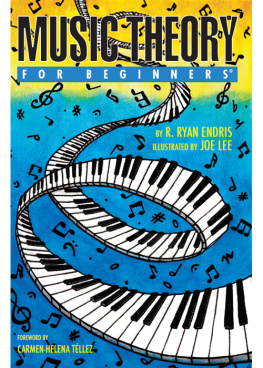
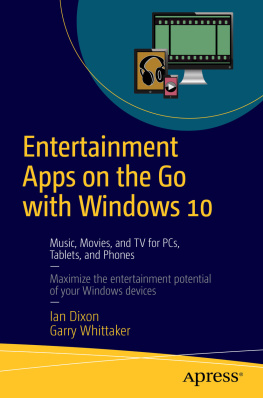
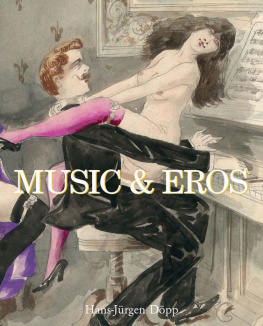
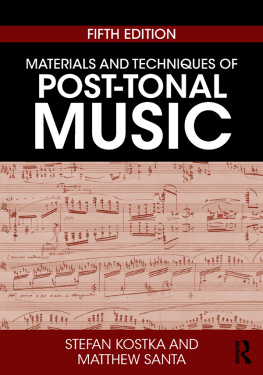
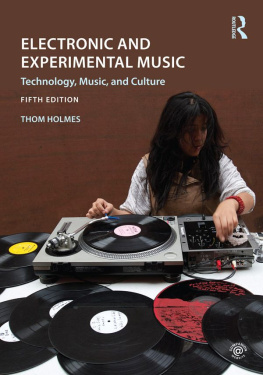
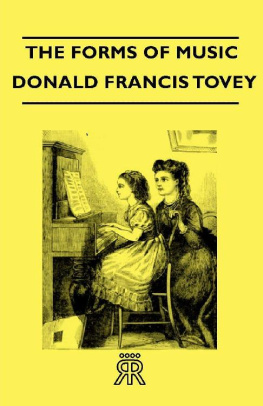

 The paper used in this publication meets the minimum requirements of American National Standard for Information SciencesPermanence of Paper for Printed Library Materials, ANSI/NISO Z39.48-1992.
The paper used in this publication meets the minimum requirements of American National Standard for Information SciencesPermanence of Paper for Printed Library Materials, ANSI/NISO Z39.48-1992.